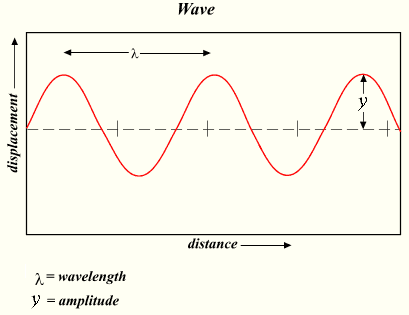- Joined
- Jul 4, 2008
- Messages
- 2,036
- Points
- 48
^good idea with the 555 timer, I can never remember that they support time on/time off functions.... but now I just use my arduino for PWM needs 
I still have to make a spiro with the stuff frostin sent me...
I still have to make a spiro with the stuff frostin sent me...





